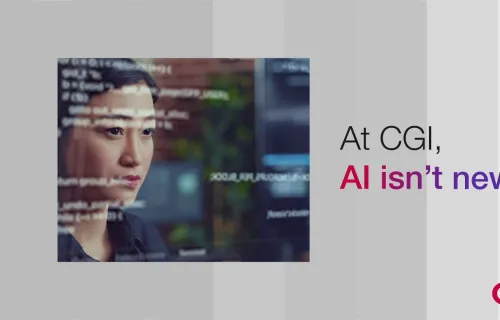Organizations must navigate massive change. Macro trends such as technology acceleration, demographic shifts, supply chain reconfiguration and climate change require new digital business models and ways of working.
Today, there are countless choices for using digital technology to better serve customers and citizens, support employees, and collaborate within your ecosystem. The key to achieving results and creating value is defining an insights-driven digital strategy, with a clear focus on how value is delivered and measured.
Advancing progress with ROI-led digitization
Only 30% of executives interviewed for the CGI Voice of Our Clients say they are achieving expected results from their digital strategy. They identify cultural change and change management as the biggest barriers to success. Other challenges include technology proliferation and managing initiatives as discrete projects vs. integrated programs.
At CGI, we partner with clients to define and implement digital strategies for succeeding in dynamic times. We help you transform operating models, promote necessary cultural change and manage digital transformation holistically.
We work side-by-side with you to advance your transformation journey with ROI-led digital innovation. Our track record of delivery excellence ensures the roadmaps we develop are realistic, achievable and effective, and solutions are scalable and secure.
What do digital leaders do differently?
We define digital leaders as those who are producing expected results from their digital strategies. Among these leaders, we see several common attributes, such as clearly defining and aligning on stakeholder outcomes.
Learn more about the attributes of digital leaders.









